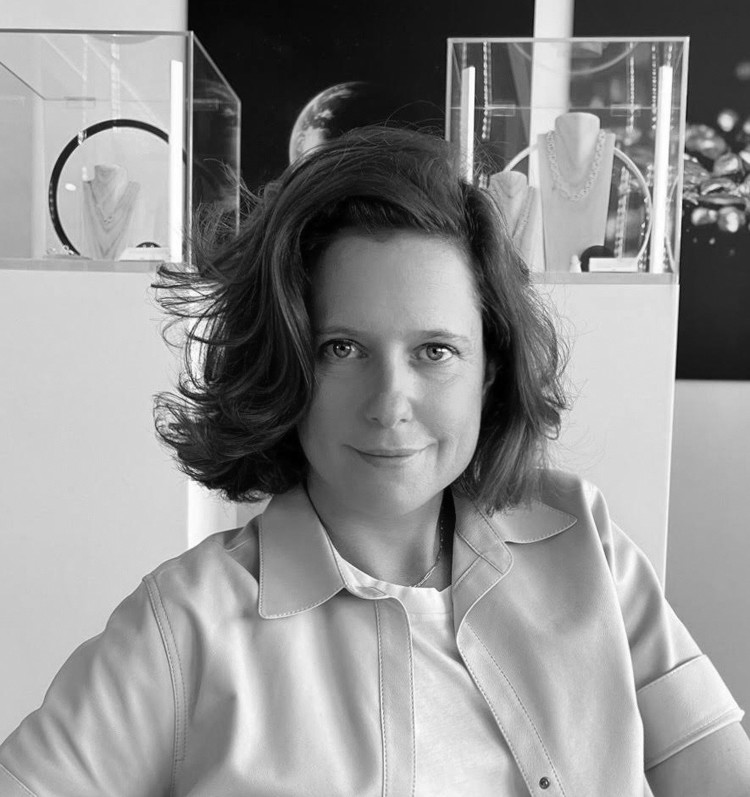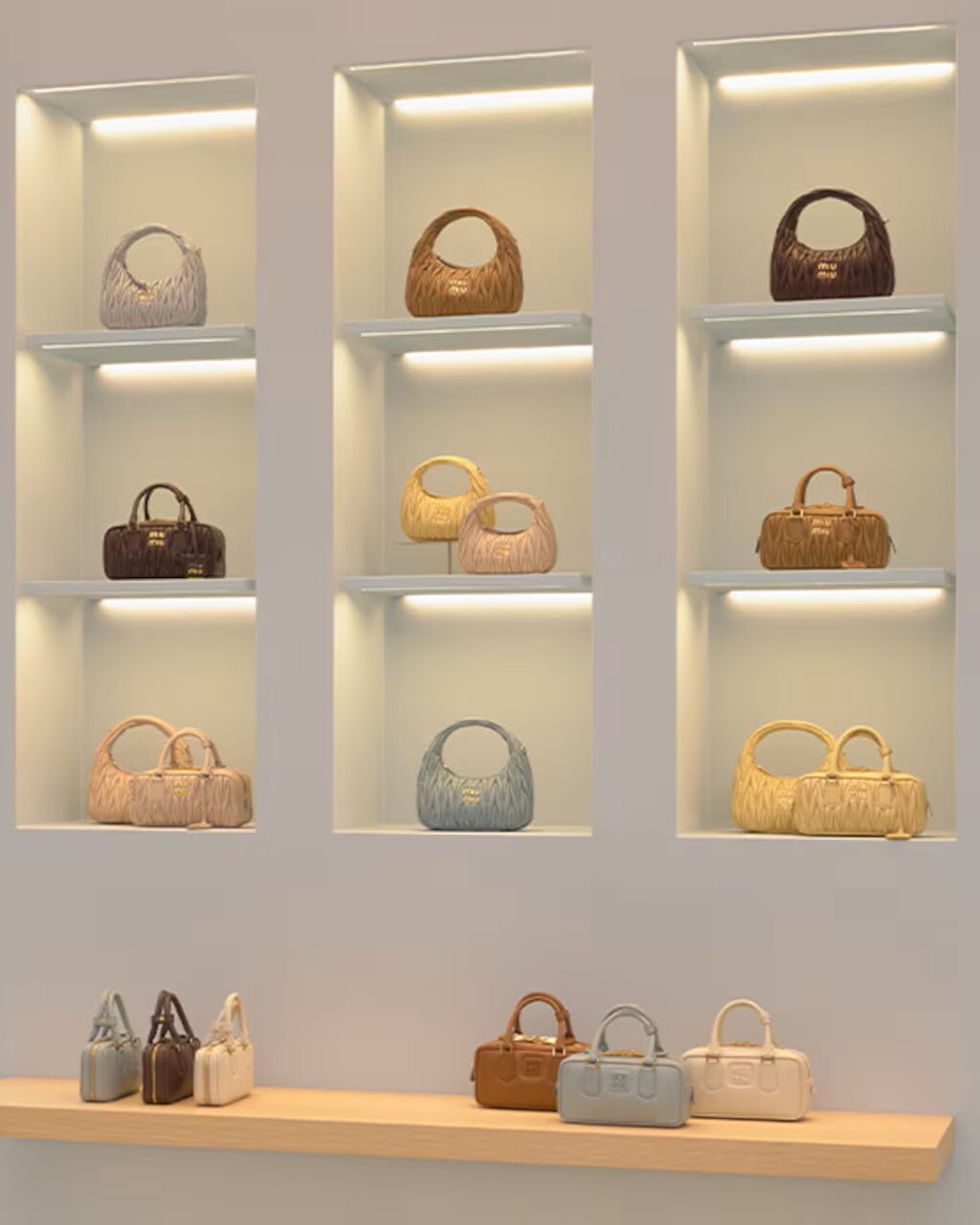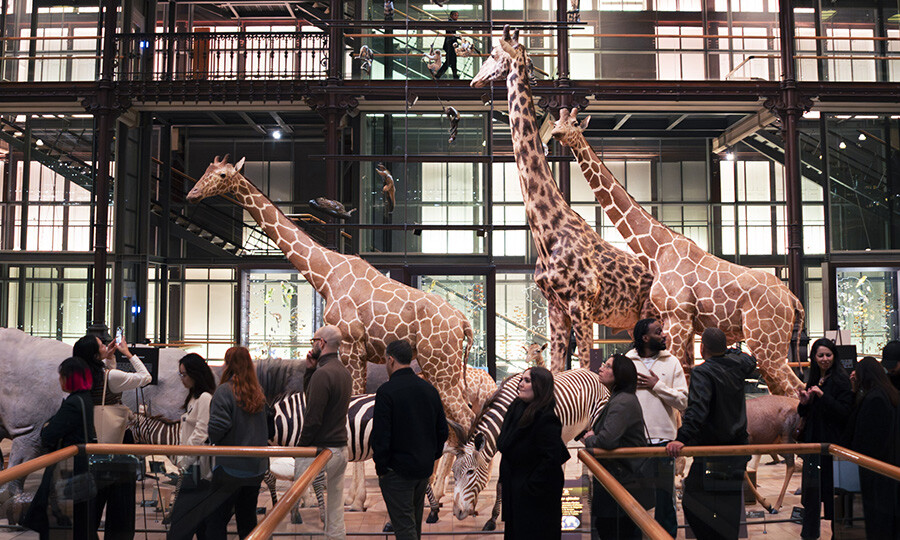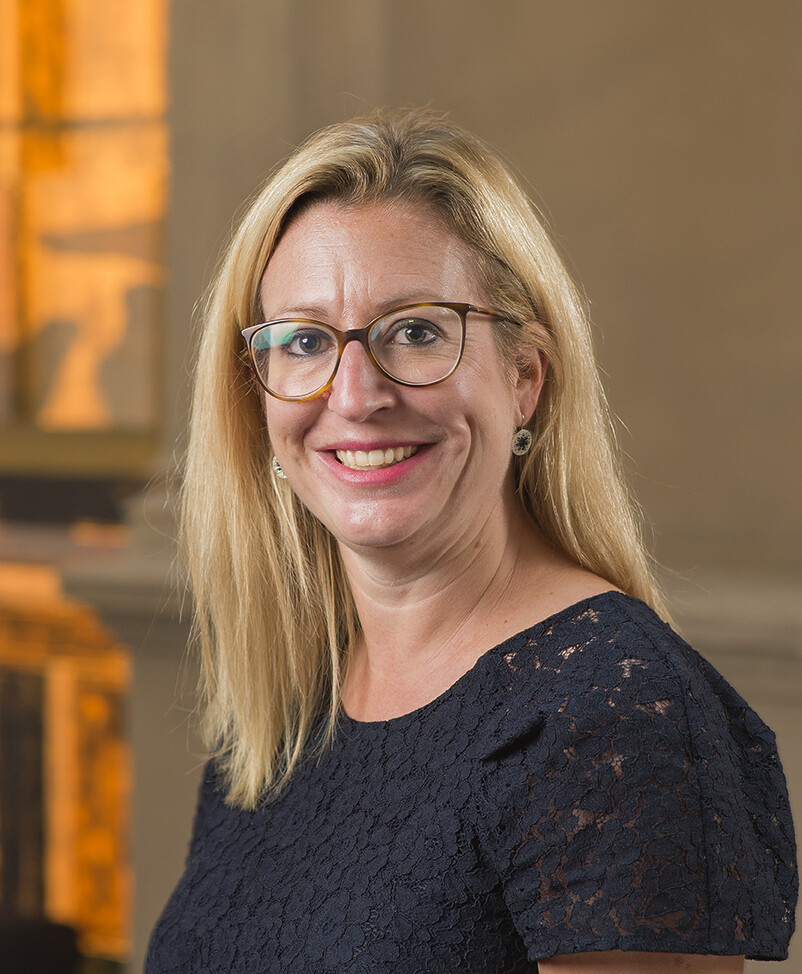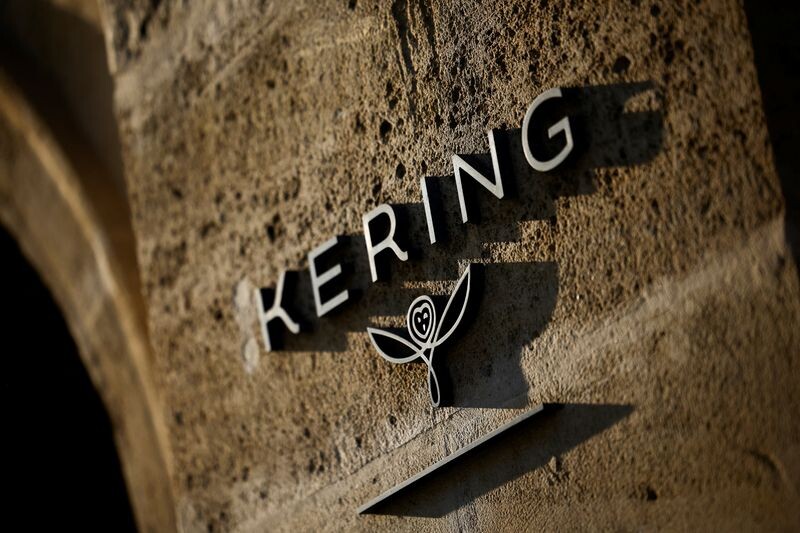“There is nothing more wonderful than a gem and nothing more precious than the universe”. So begins the manifesto of Courbet, the first French jeweller to produce laboratory-grown diamonds, a craft created in 2018 by Marie-Ann Wachtmeister and Manuel Mallen. Their vision: responsible luxury, creating goodness through beauty.
Today, Charlotte Daehn, Director of Communication and CSR Manager at Courbet, unveils the scope and meaning of such an approach, as well as its objectives for the years to come.
Vendom Talents – What can you tell us about your background?
Charlotte Daehn – I started as a journalist specializing in jewellery and fine watchmaking, a position that allowed me to become Editor-in-Chief of two magazines, Montres Magazine and Dreams. These journals were published by Montaigne Editions, a publishing company that gave me the opportunity to discover the world of fine jewellery and luxury watches, and to learn and recognize the know-how and the reach of each brand in the world.
Later on, I took part in the development phase of Collector Square, a resale platform for second-hand watches, jewellery and bags. Following this experience, I set up my own brand content agency named Mizanmo, which specialized in craftsmanship/know-how in all its forms – galleries, decoration, jewellery, etc.
Since the end of the 2000s, the research carried out in the United States on diamond growth has fascinated me – I developed a deep interest in this approach mingling tradition and technology. This is when I got wind of Marie-Ann Wachtmeister and Manuel Mallen, who were looking to raise funds to launch a jewellery brand centered on this new diamond. The planets were aligned – I joined the team in 2017 and our showroom opened its doors in May 2018.

VT – Where do you draw this passion for the luxury sector?
CD – I believe that luxury is not a question of price, but of material. I particularly like Hermès’ definition of luxury: “Luxury is what can be repaired”. This notion nicely fits, in my view, the desire to buy a beautiful artefact, to take care of it and to repair it. A jewel must be brought to life through alteration, transformation, but also through transmission.
VT – Could you tell us more about Courbet? What are your duties in this company? In an age of a huge communication turning point, what are your new challenges?
CD – The current multiplicity of communication channels obviously requires increased adaptability and open-mindedness. From traditional media to social media networks, our storytelling also applies to the way we communicate with our customers in our Vendôme showroom in Paris. For a jeweller with innovative technology like Courbet, 360° communication must be considered – we have to imagine ourselves as our own media.
Today, data allow an accurate management of communication campaigns. Our messages can be tailored to a certain audience depending on the period and the concepts we want to express.
Our storytelling is based on our CSR strategy approach “Add Goodness to Beauty”. Courbet was launched with the desire to give up mining and to transform the traditional sourcing of jewellery to adopt laboratory-created diamonds and recycled gold. The underlying ecological commitment to sustainability was really close to our hearts. In 2022, words no longer suffice. It has become essential for brands to provide their customers, investors and employees with a proof of their ambitions. To this end, Courbet called on the impact studio founded by Céline Dessonville: Ethiwork. The studio and Courbet collaborated on the launching of a call for tenders to perform a carbon footprint, a mission that was then entrusted to Climate Seed. Ethiwork also helped the company to set its strategy, guidelines and objectives.
Here are some examples of commitments we are engaged in:
- In 2023, 80% of the recycled gold used by Courbet will be sourced from e-waste versus 50% today. 5% will come from the upcycling of old jewellery from our customers.
- In the sector of laboratory-grown diamonds, research continues to reduce the carbon footprint. Starting from next year, the Maison will be able to reduce the carbon footprint linked to the purchase of these diamonds by 80%, with a target of 15 kg CO2 per carat in 2028.
- By the end of 2023, Courbet will have a neutral environmental footprint, and by 2028 a positive environmental footprint. *

Last year, our “Let's Commit” bracelet collection helped finance various associations dedicated to the safeguard of forests, of oceans, as well as to the protection of children.
VT – As a member of the board of directors of the International Grown Diamond Association, what is, in your view, the importance of this structure for the future of luxury?
CD – Rather than carried out in the name of Courbet, my mission is first and foremost a personal capacity: I gave the company advice on the ways the perception of laboratory-grown diamonds can be changed. Today, many collaborators are taking part in the creation of laboratory gems, not only designers, but also sellers and brands that are using these diamonds. The message to get across is to have a clear view of how a lab-created diamond is produced, bought and sold.
If customers are increasingly aware of this gem, they do not necessarily perceive its real ecological impact and are better informed about its ethical issues, in particular thanks to the movie Blood Diamond, which raised awareness and forced a more controlled work. On the other hand, consumers are less aware of the ecological disasters ensued by the extraction of natural diamonds. Courbet is currently partner of an exhibition held in Paris, 66 Rue Charlot, The Caring Gallery, and acquired a photograph by South-African artist Dillon March, who spoke out, though his project “For what it’s worth”, about mining, diamond extraction and many other issues.

VT – In your view, how will the consumption of prestigious items evolve?
CD – For several years now, the world of luxury has been interested in recycling issues – there is clear evidence of trend in the significant investments made in research and innovation. The luxury clientele is already aware of these issues, especially younger generations who are often the source of its inspiration.
* Figures from the press release published on February 1st, 2022.

